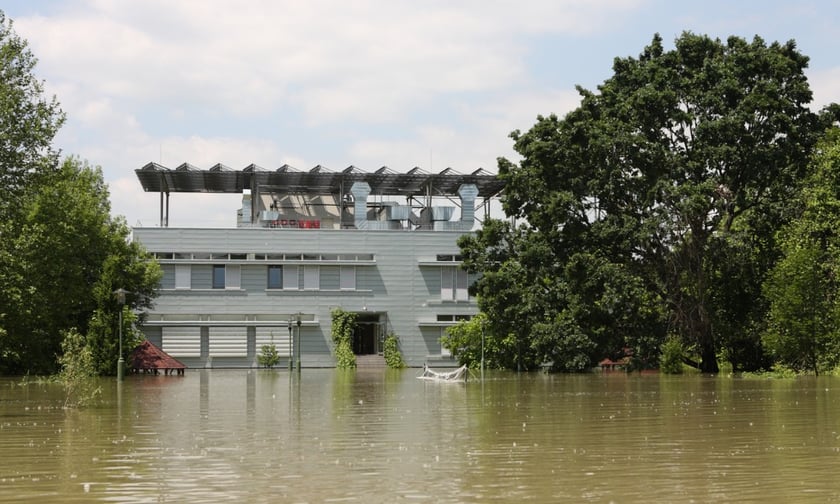

The government of New South Wales (NSW) has labelled the severe floods and heavy rains affecting areas like Illawarra and western Sydney as a national disaster, highlighting the growing threat posed by climate change.
According to the Climate Council, the disasters are a clear sign of the earth’s increasing temperature and emphasise the need for more aggressive actions to reduce emissions that contribute to climate change.
“What we’re witnessing in New South Wales is not a surprise but consistent with the more volatile and dangerous climate we’ve created. Climate scientists have long understood that the burning of fossil fuels, like coal oil and gas, would lead to more intense downpours. Australians are now living through this grim reality,” said Climate Council head of research Dr Simon Bradshaw.
Bradshaw explained that extreme weather conditions, intensified by climate change, are happening more often and with greater severity, impacting communities – and therefore the insurance industry.
“Extreme weather events, fuelled by climate change, are becoming more frequent and intense, leaving communities vulnerable and unprepared,” he said. “Communities are being hit by more frequent disasters, from floods to fires and back again, leaving less time to recover. The economic and emotional toll on affected areas is mounting. Like all climate-fuelled disasters, intense rainfall and flooding have devastating consequences for communities, businesses, and the economy.”
Findings from a recent Climate Council poll revealed that a third of Australians are concerned about the possibility of permanent relocation due to extreme weather events. Moreover, approximately 10% of Australians have already had to move, either on a temporary or permanent basis, away from their homes because of such conditions, emphasising the real and immediate effects of climate phenomena on people’s lives.
Last month, Aon delved into the impacts of climate-related events in Australia. It presented a grim picture of extreme weather events’ financial toll, with economic loss totalling AU$1.98 billion stemming from extraordinary weather phenomena.
James Knight, senior analyst and head of catastrophe research and advisory (ANZ) at Aon, highlighted the role of insurance and disaster strategies in reducing the financial strain of severe weather incidents.
“Australia’s high exposure to extreme weather events and the significant regional protection gap across Asia underscores the importance of insurance coverage and disaster preparedness to mitigate the financial impact of severe weather events,” he said. “A more strategic approach to resilience and risk mitigation is needed.”
